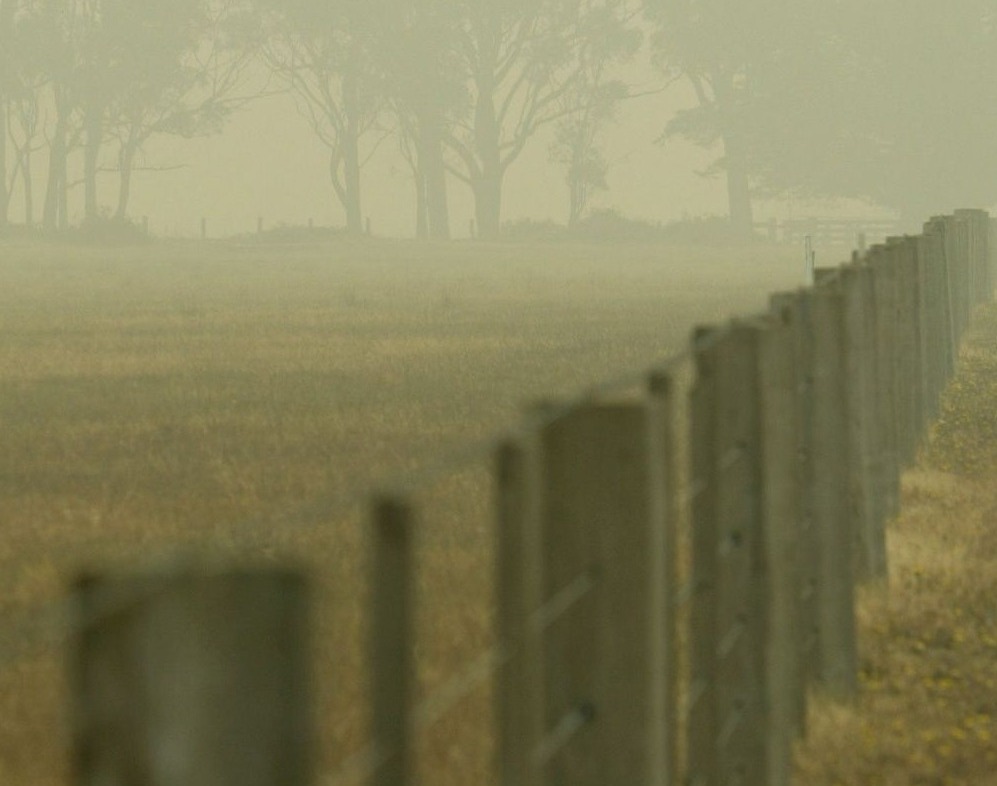With fire restrictions easing in some parts of the State, and calm autumn conditions, hundreds of private resident burn-offs, agricultural burns and planned burns are expected to take place over the coming weeks.
 While current conditions are ideal for burning, weather patterns may cause smoke to linger over parts of the state overnight and through to early morning.
While current conditions are ideal for burning, weather patterns may cause smoke to linger over parts of the state overnight and through to early morning.
FFMVic Chief Fire Officer Chris Hardman said our climate is changing and that means finding the right days for safe and effective planned burning is also changing. Planned burns are a critical part of a statewide bushfire risk management program.
“FFMVic’s number one priority is to protect life, property and the environment from the risk of bushfires, and that is what we will continue to do,” he said.
“Reducing fine fuels such as grass, leaves, bark, shrubs and fallen branches means fires are less intense and slower to spread, making it more likely that firefighters can keep bushfires small and contained before they pose a risk to communities.
“We must go ahead with the planned burning program while conditions are suitable, and it is safe to do so to avoid an increased fire risk in the future.
“Smoke could be a result of private resident burn-offs, planned burns and agricultural burns. We work closely with the Environment Protection Authority (EPA) and Bureau of Meteorology to keep the smoke impact from planned burns as low as practically possible and inform the community while delivering the program.
“Victorians can also sign up for planned burn notifications to prepare for any impact on their health or activities.”
CFA Chief Officer Jason Heffernan urged Victorians to conduct private burn-offs safely.
“While the Fire Danger Period has ended in some areas, it is still important that residents check the local conditions are safe and appropriate for burning off – both on the day and the days following,” he said.
“When conducting private resident burn-offs, remain alert and always have resources on hand to extinguish the fire.
“We ask the community to register their burn-off as this ensures if someone reports smoke, the incident can be monitored and acknowledged early.
“If possible, landowners should also notify their neighbours and others nearby who may be sensitive to smoke so they can take necessary precautions.”
Victoria’s Chief Environmental Scientist Professor Mark Patrick Taylor said EPA understands that smoke from planned burns and private burn-offs can cause health concerns and is monitoring air quality across the state.
“You can check air quality for your area through our air monitoring system, EPA AirWatch,” Professor Taylor said.
“Your nose is also an excellent smoke detector. If you can smell smoke, take the necessary precautions to protect your health.”
For the latest information about when and where planned burns are happening near you, visit www.plannedburns.ffm.vic.gov.au.
Detailed information about current air quality throughout Victoria can be found on EPA’s website.
If you see or smell smoke outside, you should reduce your exposure to smoke by staying indoors and closing your windows and doors – but only if it's safe to do so. Tips for looking after your health when there is smoke can be found on EPA’s ‘Smoke and your health’ webpage - www.epa.vic.gov.au/for-community/environmental-information/air-quality/smoke/smoke-your-health.
Keep your burn off safe and legal:
* Check fire restrictions in your area and always register your burn at www.firepermits.vic.gov.au or by calling 1800 668 511
* Check and monitor weather conditions – particularly wind
* To avoid unnecessary calls to emergency services, notify your neighbours beforehand
* Leave a three-metre fire break, free from flammable materials around the burn
* Have sufficient equipment and water to stop the fire spreading
* Never leave a burn-off unattended – stay for its entire duration
* If your burn-off gets out of control, call ‘000’ immediately.